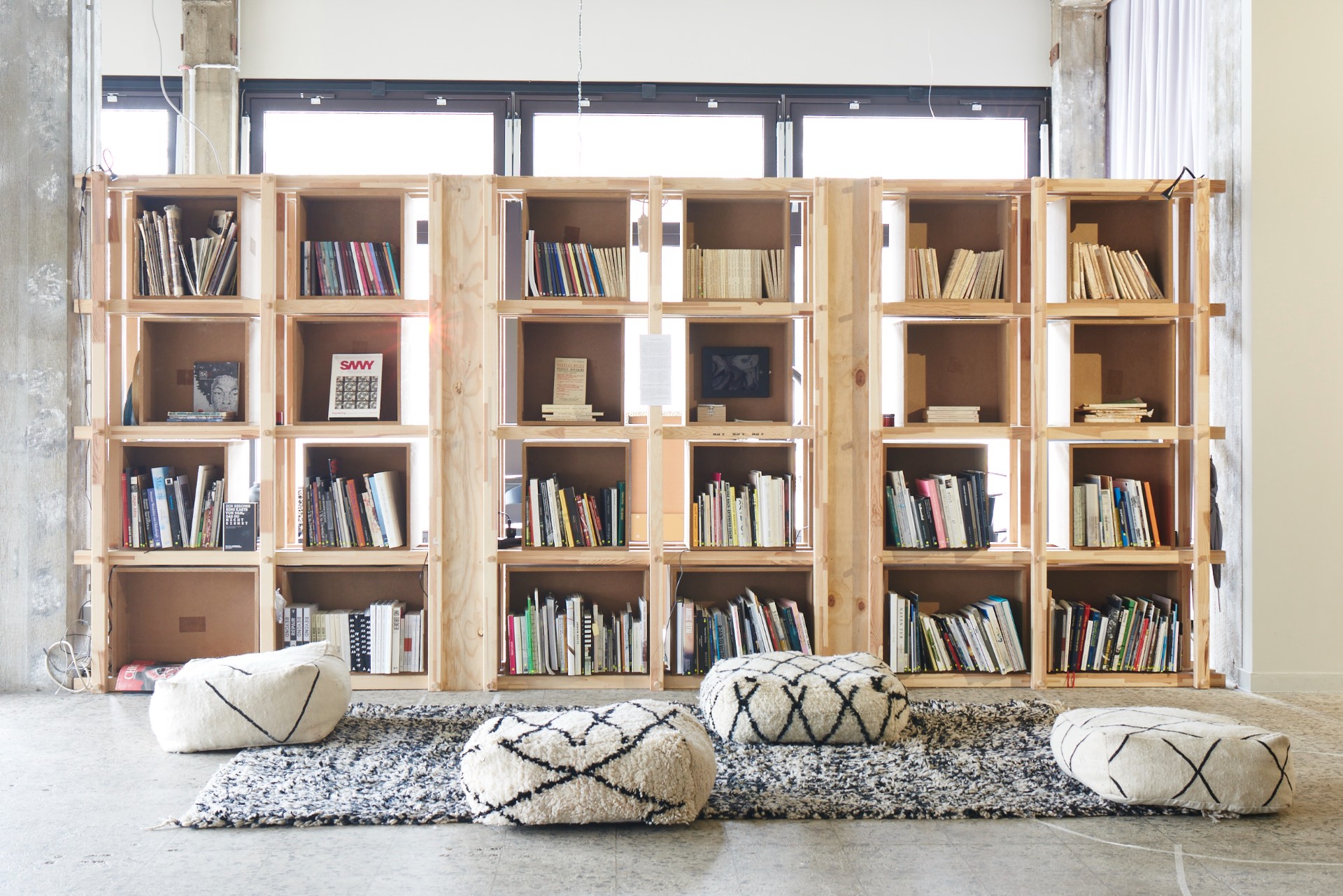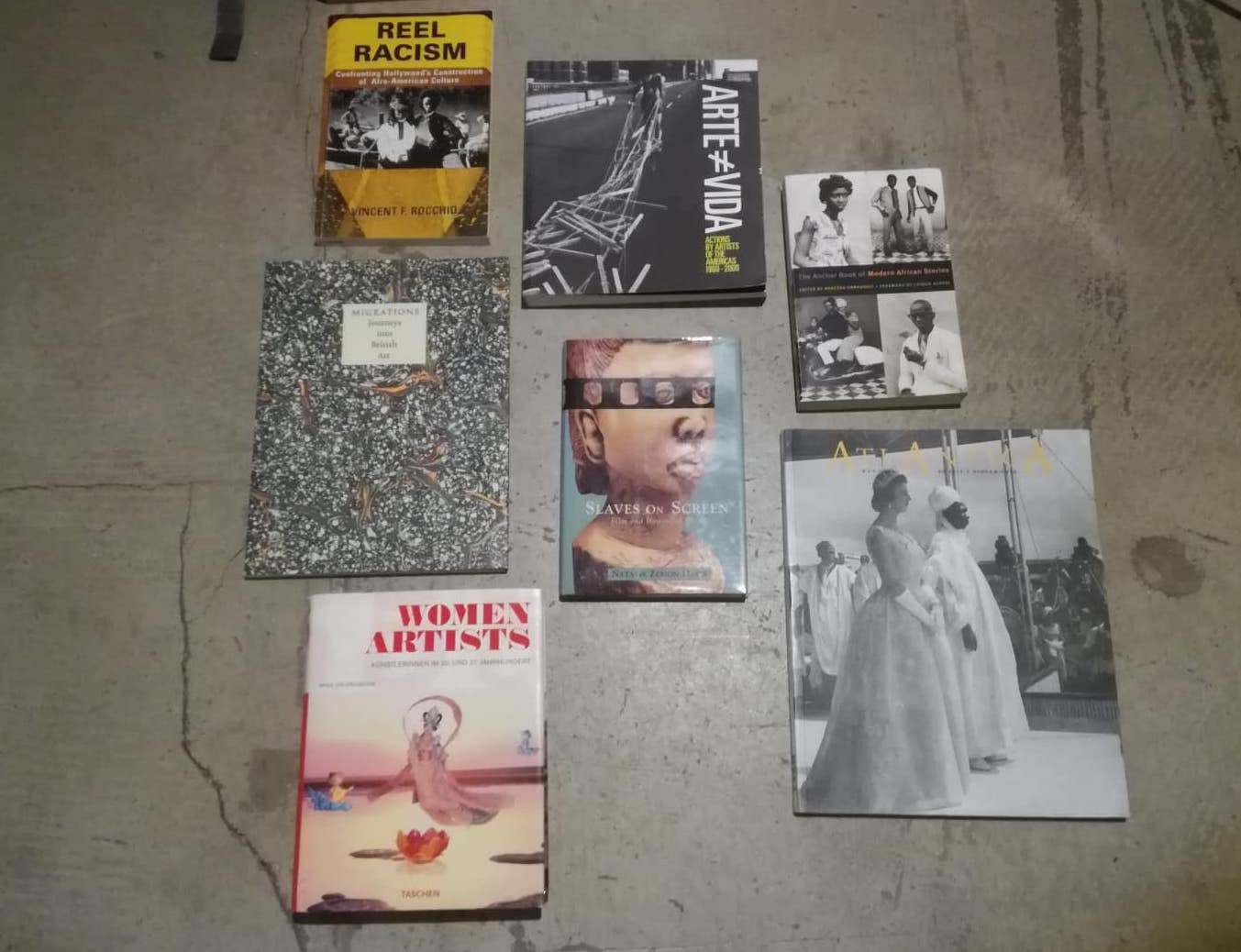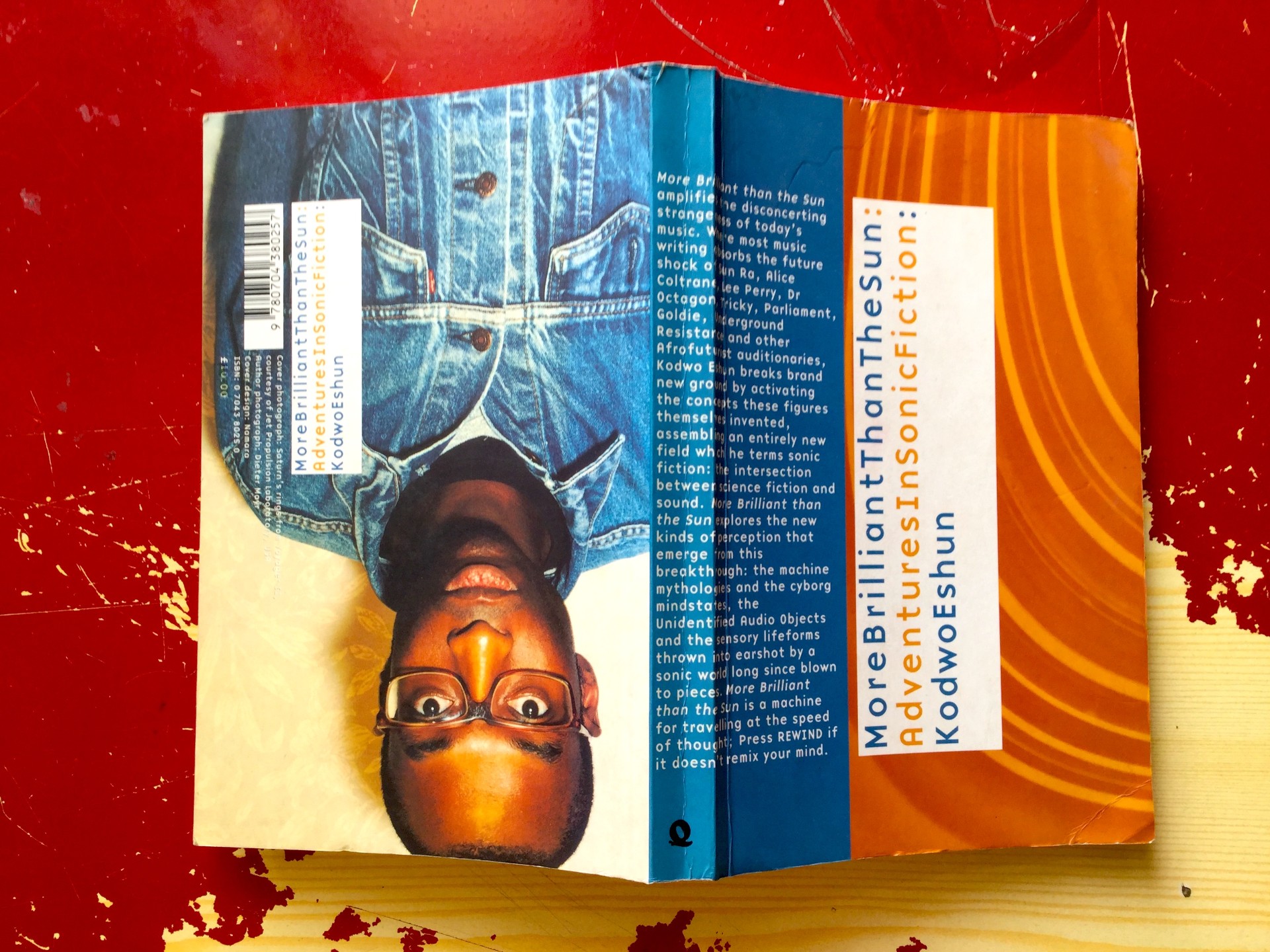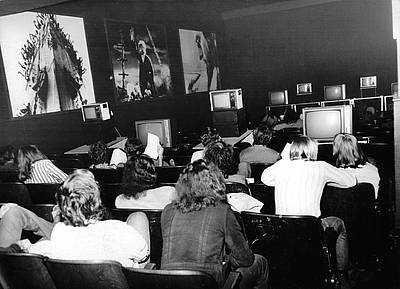SAVVY.DOC:
Documentation Centre and Archive
Open Thursdays 15:00–19:00 and by appointment savvydoc@savvy-contemporary.com
NEW: The Arjun Appadurai Library at SAVVY
In a generous and true act of knowledge sharing, community making, intellectual and practical solidarity, the eminent thinker, writer and teacher Arjun Appadurai has offered us to host a part of his life collection of books. We are honored to host nearly 4.000 books that have travelled around the world with him more than once, books that are now at home at SAVVY.
The books themselves constitute a highly unique and eclectic collection which includes specialized books on India, general books in anthropology and social sciences, a fair amount of history and fiction, as well as philosophy, and art. These books will be soon accessible to everyone interested and curious.
We are grateful for this your ongoing, unparalleled support – in sharing these treasures with us as well as in building the structures for cataloguing, shelving and making them accessible. The books will be made available to all interested readers at SAVVY Contemporary.
Sagal Farah from our SAVVY.doc team coordinates and manages the cataloguing and shelving of the books in collaboration with Cecilia Bien.
The more radical possibility is that they (the performances themselves) may not even depend on whether the event actually happened. It may well be that our sense of the presence, power, and authenticity of these pieces derives not from treating the document as an indexical access point to a past event but from perceiving the document itself as a performance that directly reflects an artist’s aesthetic project or sensibility and for which we are the present audience.
The word archive still evokes this notion of something predominantly old, dusty and concrete –– a somewhere that is defined through a specific content it inhabits and that gets its authority through the agency of the institution. This traditional concept has been challenged by different authors (Mbembe, Foucault, Derrida) and the role of the archive as a powerful act of construction and reflection has emerged.
Through questions like: Whose story is this? Who is the owner of this past? Who is the author? The radical archive explores identity(-ies), creates relationships through documents and stresses the connection between micro and macro historiography.
Being conscious of the responsibility of the traditional archives as an instrument of the state in order to perform that act of “chronophagy” which leads some pasts to be commemorated and some forgotten (Mbembe), we aim our radical archive to be a space where archivists, artists, researchers and objects actively interact in a performative process of archiving. Through this performative element the archive becomes a collaborative space and an act of reflection on our present and future, rather than a tool for categorization and removal.
[…] the question of the archive is not, we repeat, a question of the past. […] It is a question of the future, the question of the future itself, the question of a response, of a promise and of a responsibility for tomorrow.
Our archive collects and organizes documentation of performing and performance art in different media: photography, video, text and physical objects. This archive functions in a way as a corporeal catalogue available for the general public interested in approaching performance, performing arts and its ideas. But it also serves as a more objective platform for the exposure of such a practice into the contemporary art realm and its different contexts.
The radical archive aims to encourage and therefore to enable access to rare, unnoticed or ignored documents. Our shelves are home to a multitude of written texts spanning from critical theory to literature, from art magazine to political analysis, from exhibition catalogues to poetry collections. The SAVVY.doc archive is constantly growing in its diversity and complexity.
We wish for your curiosity to bring you to interesting explorations and exciting findings.
The status and the power of the archive derive from this entanglement of building and documents […] always remembering the relationship between the document and the architectural design in which it is stored - they also constitute a type of sepulchre where these remains are laid to rest
The structural body for SAVVY.doc is Mutant Matters, a one-of-a-kind device, commissioned by SAVVY Contemporary and produced by Lorenzo Sandoval and the architects collective S.T.I.F.F. (Florentin Steininger and Till-Moritz Ganssauge). Manifesting a crossing point between an archival system and a social space, the flexible, “mutant” structure allows for various configurations and combinations, according to different needs and preferences. Starting from a chair, basic module of the dispositive, different permutations result in a bookcase, shelf unit, archival solution, stage, or even an exhibition wall. The project seeks to offer a platform for socialization and the activation of the unique architectonic composition.
Project CuRATION & coordination Onur Çimen, Sagal Farah
Contact savvydoc@savvy-contemporary.com





